How Can You Scrape Data For Retail Store Location Intelligence To Plan Smarter Expansions?

Introduction
In today’s dynamic retail landscape, where competition intensifies and margins remain tight, informed decision-making around store expansion is essential. Success depends on access to reliable data, covering everything from neighborhood profiles and customer movement patterns to nearby competitors and property availability. The ability to Scrape Data For Retail Store Location Intelligence plays a critical role in shaping such high-stakes strategies.
Forward-thinking retailers are moving away from traditional guesswork and static market reports. Instead, they’re adopting Retail Store Intelligence Scraping to capture real-time, hyperlocal insights directly from digital sources. This shift toward data-driven planning enables brands to pinpoint optimal locations, streamline market entry, and enhance overall profitability.
This blog examines how data scraping enables more innovative location planning, including the specific datasets involved, standard extraction methods, and actionable ways your business can benefit.
The Role of Location Intelligence in Smarter Retail Expansion
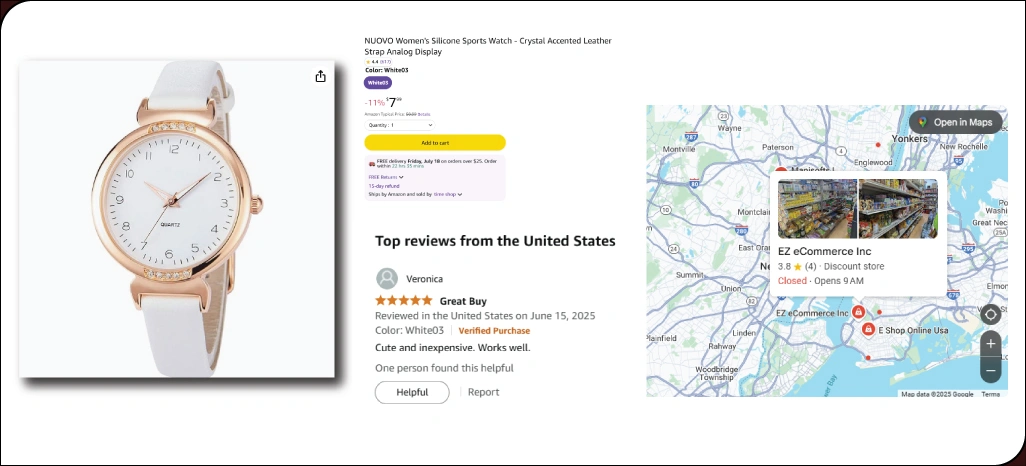
Choosing the correct location can make or break a retail business. A poorly chosen site can lead to massive financial losses and damage long-term brand perception. On the other hand, opening in the right market—where customer demand, accessibility, and competitive gaps align—can significantly boost profitability from day one.
Location intelligence helps retailers answer critical questions before committing to any expansion.
It brings visibility into:
- The demographic profile of potential customers in a specific area.
- The presence and concentration of competing retail stores nearby.
- Accessibility to suppliers, logistics hubs, and distribution points.
- Patterns in historical sales and foot traffic in similar locations.
- Regional real estate fluctuations, commercial viability, and zoning regulations.
To make these insights actionable and scalable, brands increasingly prefer to Scrape Data For Retail Store Location Intelligence from publicly accessible sources online. This method provides a real-time, data-driven foundation for more intelligent and confident site selection decisions.
Types of Data You Can Scrape for Smarter Retail Location Decisions
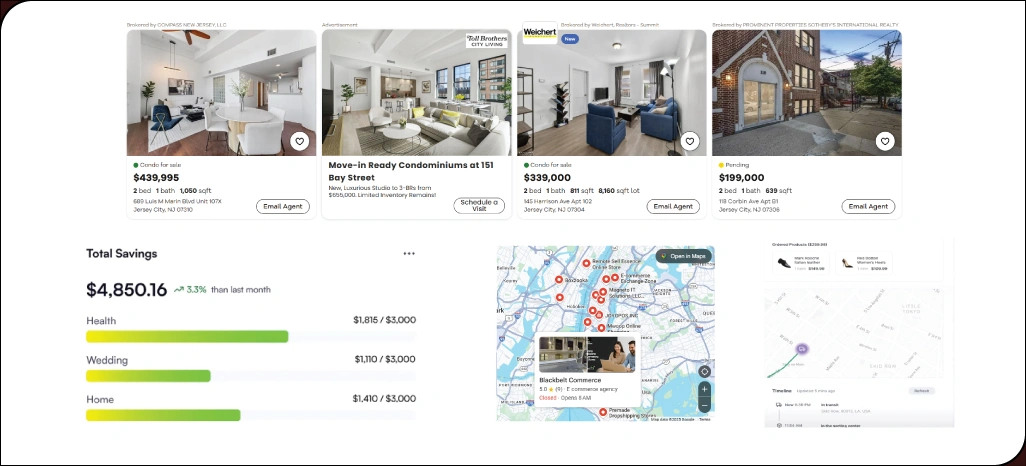
Retail location intelligence isn’t built on guesswork—it’s rooted in layered, real-time data. By using advanced scraping methods, businesses can extract meaningful information that shapes smarter expansion decisions and localized strategies.
Here’s what can be gathered:
1. Store Locator Pages
Brand websites often feature store locator tools that provide structured location details. Through Store Locator Data Extraction, businesses can gain access to:
- Complete store addresses along with zip codes and regional identifiers
- Operating hours and available store amenities.
- Latitude and longitude coordinates for mapping.
- Direct contact numbers or customer service emails.
- Specific services (e.g., curbside pickup, pharmacy).
This granular dataset helps evaluate market penetration, identify underserved areas, and understand competitors’ format strategies.
2. Real Estate Listings
Web scraping of property listing sites gives retailers vital planning insights. By analyzing real estate data, teams can estimate expansion costs and availability timelines.
- Details of commercial properties suitable for retail.
- Lease terms, rent ranges, and availability status.
- Foot traffic indicators or the property's surroundings.
- Zoning information and development forecasts.
Such data ensures new locations are financially viable and strategically positioned.
3. Social & Review Platforms
Feedback from platforms like Yelp, Google Maps, and various social media channels provides a customer-centric layer to geographic analysis. When paired with Retail Store Location Data Scraping, this insight becomes more actionable.
- Real-time reviews reflecting service quality.
- Footfall trends based on user check-ins and photos.
- Common pain points and praise across locations.
- Sentiment insights to refine store formats or staff training.
This helps retailers match store models with local customer expectations and behavior.
4. E-commerce Locations and Delivery Zones
Today’s retail footprint isn’t limited to physical storefronts. Retailers also rely on fulfillment hubs and virtual stores. With E-Commerce Store Location Scraping, you can tap into:
- Coverage zones for home delivery or express shipping.
- Heatmaps of active dark stores or micro-fulfillment centers.
- Local pickup point availability and reach.
- Popularity metrics of options like click-and-collect.
This data supports logistics planning and enables the optimization of hyper-local services.
Techniques Used in Retail Location Data Scraping
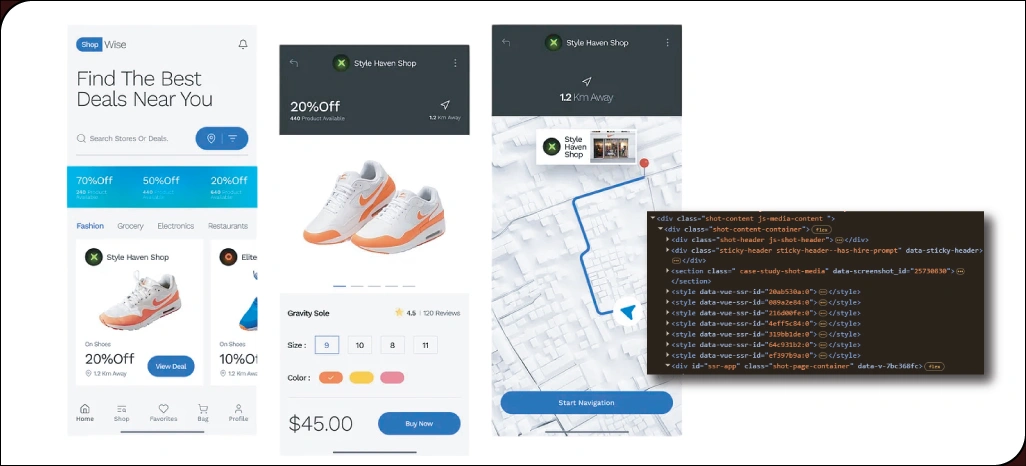
Today’s data extraction processes for retail go far beyond simple page crawling. Techniques Used in Retail Location Data Scraping combine intelligent systems and well-structured pipelines designed to gather, clean, and interpret information in real time for strategic business use.
Web Scraping For Store Expansion Involves:
- HTML Parsing: Extracts well-structured elements from store directories, such as addresses, phone numbers, and operating hours.
- API Integration: When endpoints are accessible, APIs allow seamless, up-to-date access to retail location datasets with higher accuracy.
- Geo-Spatial Scraping: Pulls latitude-longitude data from embedded maps or metadata to support location mapping and proximity analysis.
- AI-Driven Pattern Recognition: Automatically detects and adapts to recurring formats across different competitor platforms, even when layouts or structures vary.
The real value lies not just in using these technologies to Scrape Retail Store Location Data, but in refining the output into intelligent insights that directly inform expansion strategies and market prioritization.
Building a Retail Expansion Strategy with Location Data

After gathering insights through Retail Store Intelligence Scraping, businesses can shape a data-driven expansion strategy rooted in actual market dynamics.
Here's how the process unfolds:
- Market Scoring: Evaluate potential regions by analyzing demographic profiles, competitor saturation, and local real estate viability to prioritize high-opportunity markets.
- Store Format Optimization: Tailor store models—flagship, express, or neighborhood—to suit specific customer behaviors and space constraints in each target location.
- Sales Forecasting: Use a blend of scraped competitor density and footfall traffic data to estimate revenue projections with greater accuracy.
- Competitor Disruption: Identify gaps in underserved areas or strategically plan near poorly rated competitor outlets to capture dissatisfied customer bases.
- Operational Planning: Align new store rollouts with existing supplier and logistics frameworks to reduce overhead and ensure smooth supply chain integration.
By using reliable methods to Extract Store Expansion Intelligence Data, companies can make smarter, on-the-ground decisions that go beyond traditional planning methods and into real-time, actionable insights.
Drive Growth with Real-Time Store Location Scraping

In today’s fast-moving retail landscape, timing is everything. Decisions delayed by outdated data can result in businesses missing valuable opportunities. That’s why Real-Time Store Location Scraping For Retail Growth has become essential for companies aiming to stay agile and competitive.
With real-time insights, retailers can:
- Detects new store openings by competitors as they happen.
- Monitor immediate shifts in competitor service areas.
- Stay current on changes in commercial real estate availability.
- Track real-time fluctuations in customer sentiment via reviews or ratings.
By integrating real-time elements into your location intelligence strategy, your business remains aligned with current market dynamics, reducing delays and enhancing ROI through faster, more informed decisions.
Smarter Expansion Strategy Backed by Real-Time Store Intelligence
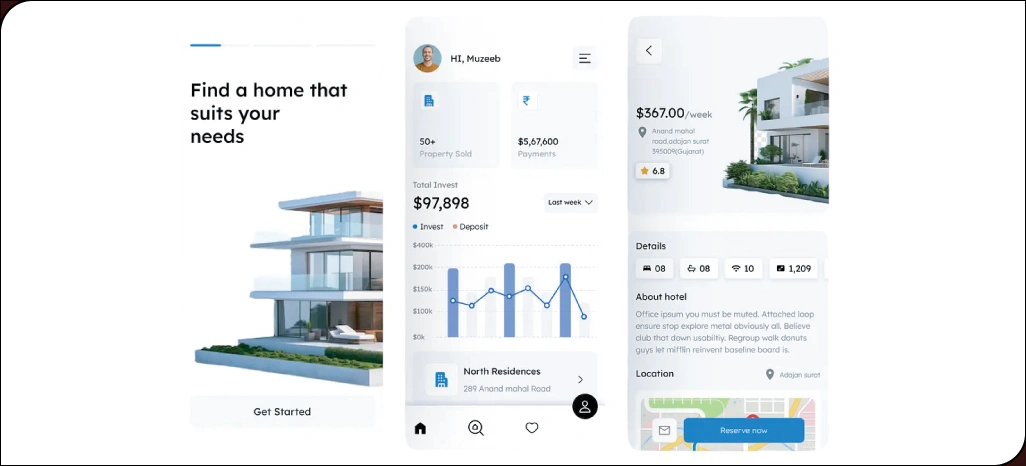
A mid-sized electronics retailer with a growing presence collaborated with our team to support its westward U.S. expansion strategy. By utilizing Retail Store Location Data Scraping, we gathered insights from over 3,000 competitor outlets, tracked real estate trends, and pinpointed 15 high-potential cities for new store openings.
In just nine months, the results were significant:
- Successful store launches in 8 cities.
- A 23% reduction in real estate costs through early market insight.
- An 18% sales increase beyond initial forecasts due to strategic placement.
All of this was achieved by blending real-time analytics with precision-driven efforts to Extract Store Expansion Intelligence Data, helping the retailer make faster, smarter decisions across new markets.
Enhancing Location Strategy with Data-Driven Price Insights
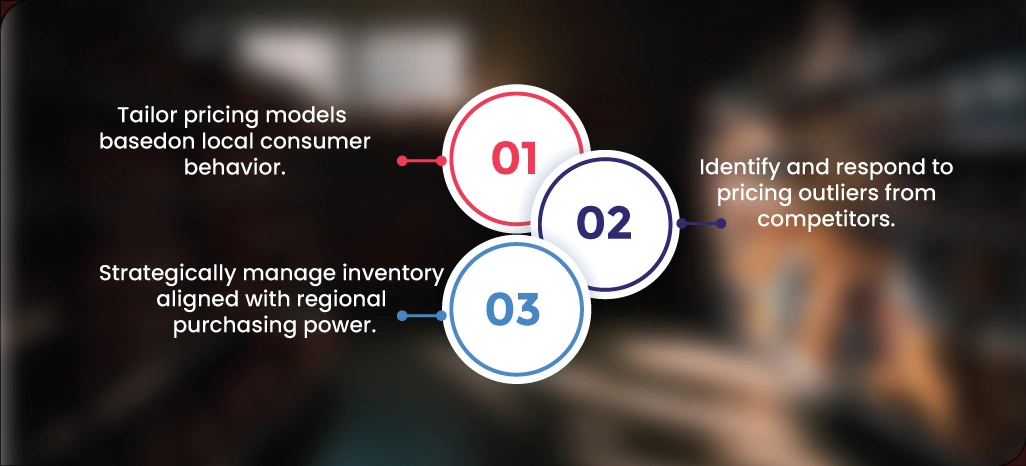
Location data may tell you where to go, but understanding how pricing behaves across regions tells you how to succeed there. Incorporating insights from Pricing Intelligence reveals crucial patterns, like regional price sensitivity, high-margin zones, or markets ripe for disruption.
With the right intelligence, you can:
- Tailor pricing models based on local consumer behavior.
- Identify and respond to pricing outliers from competitors.
- Strategically manage inventory aligned with regional purchasing power.
This approach strengthens your expansion strategy, ensuring every new store launch is not only data-driven but also market-aware and adaptable.
From Online to Offline: Powering Smarter Decisions with Location Data
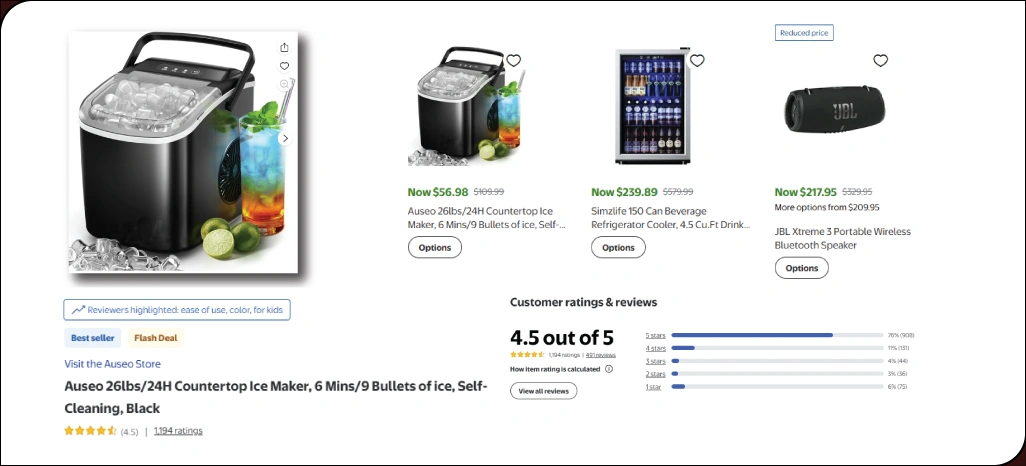
Retailers seeking to expand their physical presence can make more informed decisions by analyzing digital consumer behavior patterns. E-Commerce Store Location Scraping plays a key role in pinpointing high-demand zones, helping brands:
- Spot areas with concentrated online order volumes.
- Plan strategic pop-up stores or branded experience centers.
- Assess the practicality of last-mile delivery options.
In today’s omnichannel landscape, translating online behavior into offline action isn’t just smart—it’s essential for growth.
How Retail Scrape Can Help You?

We provide specialized solutions to Scrape Data For Retail Store Location Intelligence that empower retail brands to make informed, location-driven decisions. Whether you’re planning to enter new regions or optimize your current footprint, our tailored services ensure precision, speed, and reliability at every step.
Here’s what we offer:
- Custom Scraping Workflows for targeted, location-based data.
- Competitor Mapping through efficient Store Locator Data Extraction.
- Real-Time Updates via Real-Time Store Location Scraping For Retail Growth.
- Location Heatmaps for visual market potential.
- Compliance-Focused Scraping with Ethical Data Sourcing.
- Seamless Data Delivery in your preferred format or platform.
Our scalable scraping technology supports everything from local pilots to national rollouts, giving you the edge you need to grow smarter.
Conclusion
Making confident expansion decisions begins with the correct data. Businesses that choose to Scrape Data For Retail Store Location Intelligence gain a sharper edge in understanding where demand exists, how competitors are positioned, and which locations promise sustainable returns. With data-driven insights, you can plan smarter rollouts, minimize risks, and boost operational efficiency.
When paired with Retail Store Intelligence Scraping, your strategy becomes not only accurate but also adaptable to shifting market trends. Ready to enhance your location planning with intelligent data? Contact Retail Scrape today to discuss your goals or request a personalized demo tailored to your retail growth plans.
